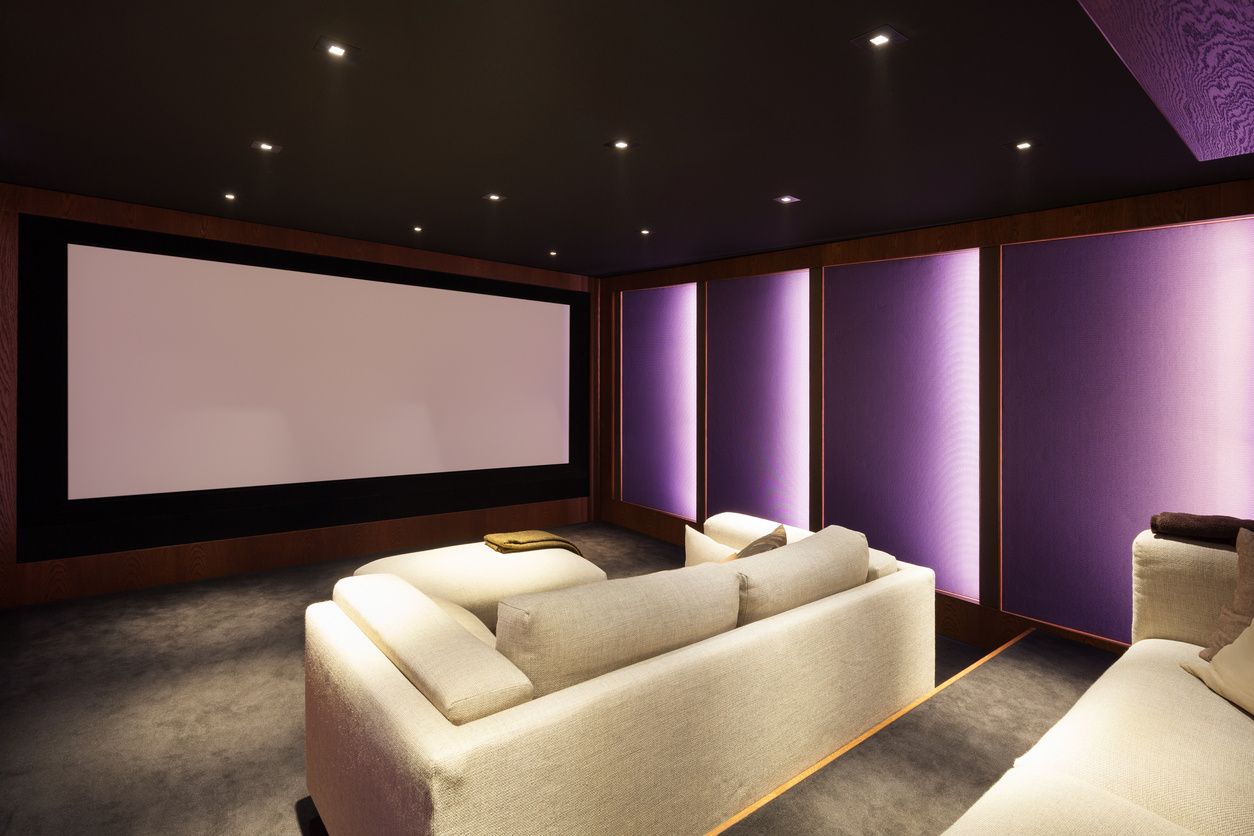
Crafting the ideal home theater experience is a journey that involves merging technology, design, and personal taste. The endeavor of transforming a room into a cinematic sanctuary necessitates thoughtful deliberation across various aspects.
Begin by selecting the room. Choose a space that resonates with your vision, taking into account dimensions, lighting, and soundproofing possibilities. Dark-colored walls and curtains can contribute to cultivating a theater-like ambiance. Consider the seating arrangement and room dimensions to determine the optimal screen size and viewing distance.
The focal point of your home theater is the visual display. The decision between a large-screen TV and a projector-screen setup is contingent upon individual preferences, financial considerations, and room dimensions. Regardless of your choice, ensure that the display supports high resolutions, such as 1080p or 4K. Calibration of display settings is crucial for achieving accurate colors and optimal viewing quality.
Investing in a quality audio system is paramount for an immersive experience. Options abound, ranging from soundbars to intricate surround sound setups. Strategically placing speakers around the room, including center, front, and surround positions, contributes to creating a rich and enveloping soundstage.
The AV receiver serves as the central hub, linking various components. Features like multiple HDMI ports, 4K pass-through, and compatibility with the latest audio formats are essential. It should possess sufficient power to drive speakers and support the connectivity needs of all devices.
Consider your preferred media sources, be it Blu-ray players, streaming devices, or gaming consoles. Compatibility with your display and audio system, supporting the latest content resolutions and formats, is crucial.
Selecting comfortable seating is a critical aspect of enhancing the overall viewing experience. Whether dedicated home theater recliners or a cozy sectional sofa, the arrangement should provide clear sightlines to the screen and easy access to essential components.
Lighting solutions play a pivotal role in creating the cinematic atmosphere. Dimmable lights and smart lighting controls make adjustments effortless. Bias lighting behind the display reduces eye strain and enhances contrast perception.
Explore smart home automation for seamless control. Whether through voice commands or a dedicated app, managing lighting, audio, and media playback becomes effortless. Ensure compatibility with popular smart home platforms for a cohesive and interconnected experience.
Calibrate both your display and audio system for optimal performance. Whether using calibration tools or seeking professional assistance, precise adjustments are crucial. Testing your setup with a variety of content ensures a well-rounded experience across movies, TV shows, games, and music.
Staying informed about the latest advancements in home theater technology is key. Regular updates to firmware and software provide access to new features and improvements. Be open to upgrading components as needed to stay ahead of evolving entertainment standards.
In conclusion, creating the perfect home theater setup is a meticulous process that demands attention to detail and a keen understanding of personal preferences. By curating the right components and fine-tuning the setup, you can fashion a cinematic haven that caters to your unique tastes. So, dim the lights, settle into your favorite seat, and immerse yourself in the world of home theater bliss.